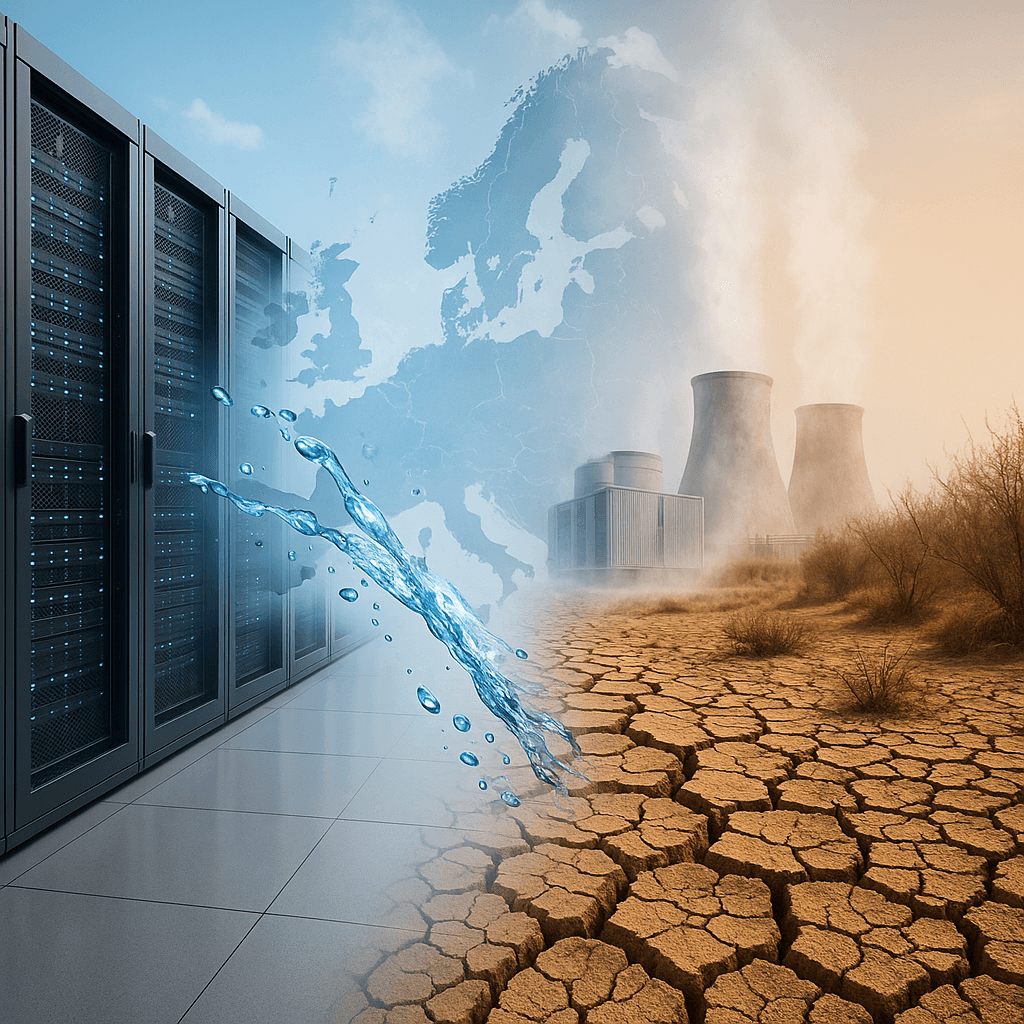Europe's race to become a world-class AI hub is running straight into a wall of water scarcity. The EU's plan to triple data center capacity over the next five years is hitting fierce resistance in drought-prone regions where tech giants like Amazon and Google are building massive facilities that gulp water for cooling - raising questions about whether AI ambitions can coexist with climate realities.
Europe's ambitious push to become an AI superpower is colliding head-on with one of the continent's most pressing environmental challenges: water scarcity. The European Union's bold announcement in April to triple its data center capacity within seven years has tech giants scrambling to build massive facilities across the continent - but many are targeting the exact regions already struggling with drought.
The numbers paint a stark picture. Around 30% of southern Europe's population lives in areas with permanent water stress, according to European Environment Agency data. Yet this is exactly where Amazon, Microsoft, Meta, and Google are pouring billions into new data centers to power AI workloads.
The clash is playing out most dramatically in Spain's Aragon region, where Amazon plans to open three data centers despite severe water stress. The proposal has ignited tensions between local farmers and environmental activists, who warn the facilities could drain resources from agriculture in an already parched landscape. The U.S. tech giant promises thousands of jobs, but critics question whether short-term employment gains justify long-term environmental costs.
"AI is a buzzword and the talk of the town," Kevin Grecksch, associate professor of water science at Oxford University, told CNBC. "National and regional politicians try to get their hands on it, and it sounds as if you're investing into the future, creating a few new jobs - but sustainability seems to be an afterthought."
The water demands are staggering. Data centers require massive cooling systems to prevent servers from overheating, and that means constant water consumption. But the challenge goes deeper than on-site usage. According to Nick Kraft, senior analyst at Eurasia Group, more than half of a data center's water footprint occurs off-site through energy generation and semiconductor manufacturing - costs that rarely surface in public discussions.












